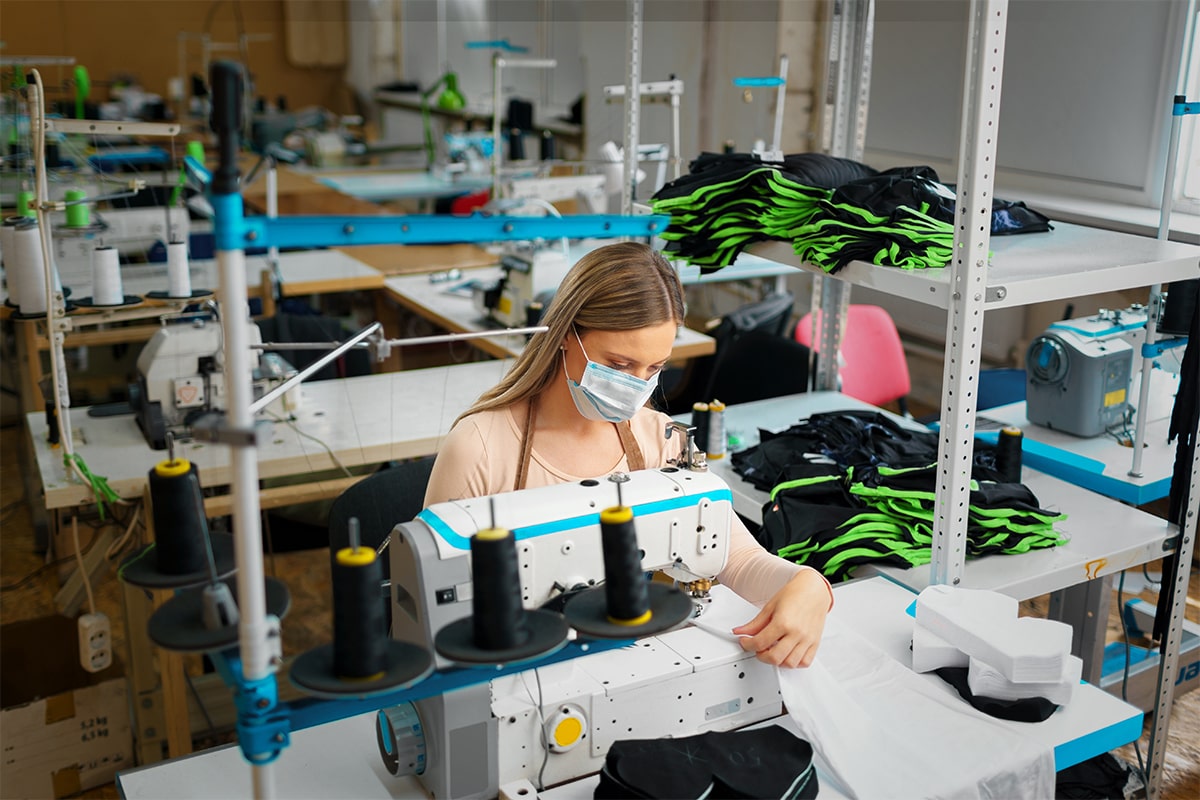What is a biological enzyme? A biological enzyme is a non-toxic, harmless, and environmentally friendly biocatalyst. Accelerating the development of various biological enzyme preparations can solve some problems, minimize the decline in fiber strength, and low efficiency of enzyme preparations. It can also help develop high-temperature resistant enzyme species and expand the scope of protease applications.
Advantages of Biological Enzymes
Bioenzyme is a non-toxic, harmless and environmentally friendly biocatalyst. Biological enzymes have great advantages:
- As a biocatalyst, it is non-toxic and harmless
- Mild processing conditions and specific functions during the production process
- Less consumption and cost savings
- The enzyme released after the reaction can continue to catalyze another reaction
- The pollution produced is easy to handle
The Purpose of Biological Treatment
The biological treatment of the enzyme preparation is mainly a biochemical treatment process using a specific enzyme preparation to the yarn surface. The purpose of biological treatment is:
- Clean the surface of the fabric and reduce surface fluff; prevent the pilling of the fabric
- Improve the feel of the fabric; improve the drape of the fabric
- Improve the water absorption of the fabric
- Improve the affinity of fabrics and dyes, color rate and shade.
Types of biological enzyme preparations
After more than a century of research by scientists, biological enzyme preparations have been recognized by more than 3,000. At present, the most widely used enzyme preparations in textile printing and dyeing are mainly cellulase, protease, amylase, pectinase, lipase, Eight categories of peroxidase, laccase, glucose oxidase:
- Cellulose is a multi-component enzyme system composed of various enzymes with different catalytic properties. It is generally believed that cellulase is mainly composed of CBI`, CBHa and glucosidase, and these enzymes have a synergistic effect in the hydrolysis of cellulose.
- Pectinase mainly consists of pectin lyase, pectin esterase, polygalacturonase and pectate lyase.
- Lipases can hydrolyze fats into glycerol and fatty acids, which can be further oxidized to sugars.
- Hydrogen peroxide decomposing enzyme. Catalase is a redox enzyme that catalyzes the breakdown of hydrogen peroxide to produce water and oxygen.
- Proteases secreted by microorganisms vary greatly depending on the bacteria used, but they are generally the same, that is, the protein is decomposed into peptides by proteases, and the peptides are hydrolyzed to generate amino acids.
- Amylase is a general term for enzymes that hydrolyze starch and glycogen. Generally, amylase is used to catalyze the hydrolysis of starch slurry on fabrics. Due to the high efficiency and specificity of amylase, the desizing rate of enzyme desizing is high and desizing is fast. Less pollution, the product is softer than the acid method, and does not damage the fiber.
- Laccase is an oxidoreductase. There is a genetically modified Aspergillus niger laccase, which can be used for the distressing finishing process of denim clothing. The obtained fabric has a thick feel, a smooth surface, a bright color, and an elegant appearance.
- Glucose oxidase is mainly used for bleaching and finishing of fabrics. This enzyme treatment is very effective in the production of hydrogen peroxide. The treatment does not require the addition of hydrogen peroxide stabilizers.

